QuestionI have just bought a ringneck. she has just started to puff up her feathers and spread her tail. What does this mean? Also I have not yet gained her trust to come to me. What advice could you give. Many Thanks Andrea
AnswerHi Andrea,
The behavior you explained to me is definitely an aggressive "display" behavior. You're right, she does not yet trust you and is trying to communicate by puffing up and fanning her tail "hey, I'm bigger than I look, don't come any closer". Don't push any contact when she does this - as doing so may ruin any chance at building trust with her. Moving to a new environment for a bird is incredibly stressful so she's going to need plenty of time to settle in and get used to your presence as well as the new environment. Let her set her own pace with this as it's the best way to start out the process of building trust. If she's allow to get comfortable in her own time, she'll come to realize that it's been a period of time and neither you or the environment has hurt her or frightened her. Sit down next to her cage and read to her, or talk softly to her for short periods of time a couple of times a day. Don't force any handling during this time so she can get acclimated. Just be sure she's eating and drinking and that her poops look normal.
One of the most beneficial things you can do for both your bird and yourself in building trust with her is to research parrot body language (google "parrot or bird body language") as that is HER way of communicating her needs, emotions and most importantly ILLNESS to you. Fluffy feathers can mean a few different things, depending on what else is going on. Eye pinning (rapid dilation) can mean a couple of different things depending on the situation. Learning their body language was one of the MOST helpful things I ever did.
Once you notice she's no longer displaying when you come near the cage, or if she's vocalizing a lot more (especially when you enter the room), SLOWLY begin handling her. Give her plenty of free time outside of her cage and direct one on one interaction from you. This can be playtime together or just hanging out together watching TV and sharing your dinner with her. :-) The process will take some time, patience, love and empathy from you to make it work.
I hope this helps and wish you the best of luck!

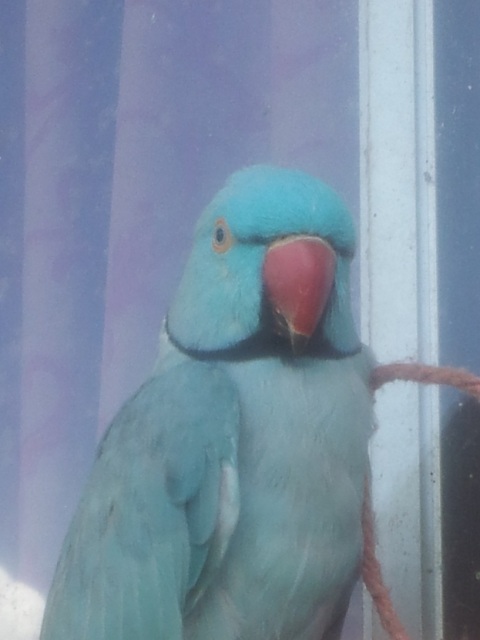 RE: Indian Ringneck probems
Question
Indy our Ringneck
Thank you for your he
RE: Indian Ringneck probems
Question
Indy our Ringneck
Thank you for your he
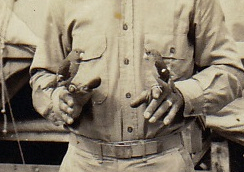 ID Birds
Question
Panama Birds
My uncle served in Panama in 1941
ID Birds
Question
Panama Birds
My uncle served in Panama in 1941
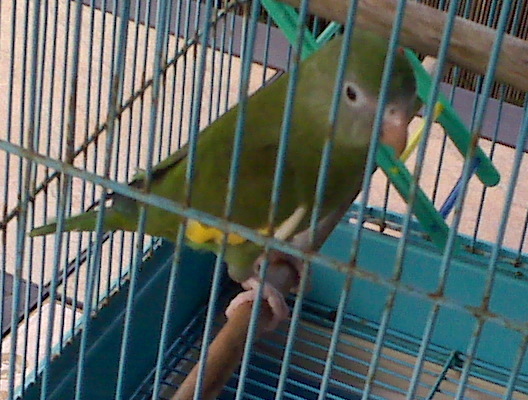 What type of parrot is this?
Question
Friendly bird
A week ago ths small parrot flew
What type of parrot is this?
Question
Friendly bird
A week ago ths small parrot flew
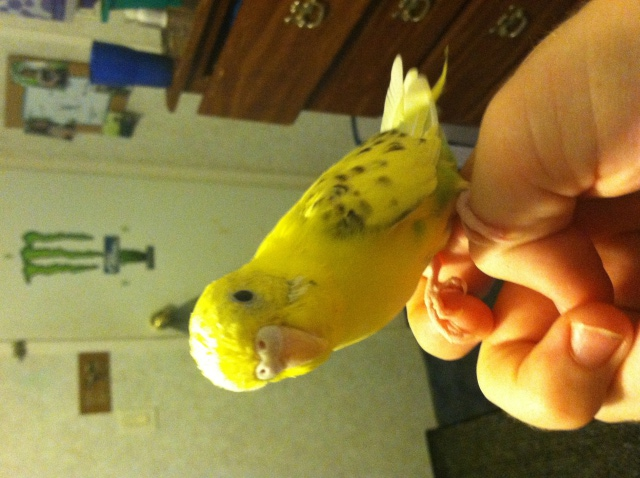 Parakeet gender
Question
Parakeet
Hi, I looked for an expert und
Parakeet gender
Question
Parakeet
Hi, I looked for an expert und
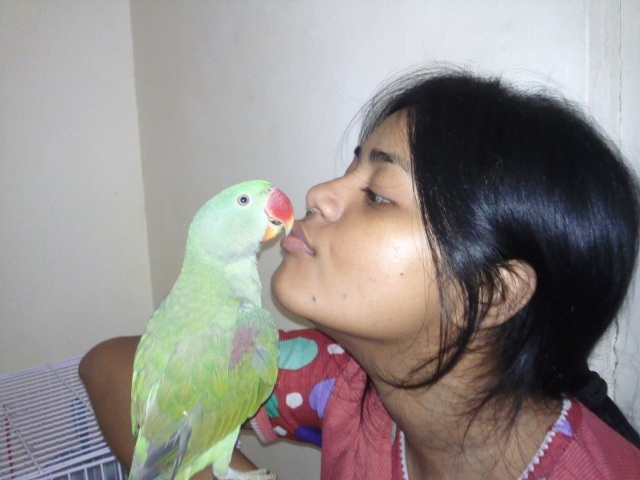 can i give my parrot chole(chana) called in hindi
Question
my little chaddi alexa
dear sir,
can give chan
can i give my parrot chole(chana) called in hindi
Question
my little chaddi alexa
dear sir,
can give chan